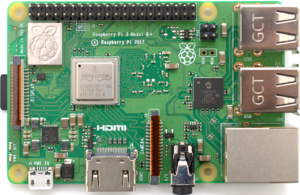Water rather than air carries sound in designer Rocco Giovannoni's Inmergo headphones, which promise rich audio even for people who are hard of hearing.
A 2019 graduate of the Royal College of Art's MA in Design Products, Giovannoni designed the soft silicone headphones to improve upon current bone-conduction audio technology.

A 2019 graduate of the Royal College of Art's MA in Design Products, Giovannoni designed the soft silicone headphones to improve upon current bone-conduction audio technology.

Like other bone-conduction headphones on the market, his design bypasses the eardrum and conveys sound as vibrations through the bones of the skull, directly to the cochlea — the "hearing" part of the inner ear.
Unlike any other device on the market, it does so via waterproof speakers that are fully immersed in liquid and then sealed in a pliable membrane. This membrane sits against a person's skin, transmitting sound vibrations through touch.
While existing bone-conduction headphones have proved popular among people who are deaf or have some hearing loss — as well as cyclists who want to listen to music but remain aware of their surroundings — the devices are hampered by poor sound-quality.
"I believe these are wasting an opportunity for a technology that has the potential of improving the music quality of common earphones and headphones," said Giovannoni.
"Inmergo aims to unravel the undiscovered potential of bone conduction by delivering innovative and inclusive sound experiences that can improve the quality of our life."
Inmergo does not quite match the sound experience of traditional headphones; instead, it offers a high-fidelity audio experience that's all of its own.
Giovannoni describes it as "immersive omnidirectional" sound with richer bass. "It feels like you're inside the song," says one wide-eyed subject in Inmergo's user testing video.
Another tester, a deaf person with a unilateral cochlear implant, described it as one of the best listening experiences of her life.
Inmergo is a novel patent-pending audio technology availing of bone conduction through liquid and gels as sound media. It generates an omnidirectional surround effect and gives richness and vibrotactile feedback to the low-end enhancing a more immersive perception of sound. By bypassing the outer and middle ear, it is inclusive to people with hearing loss and cochlear implants
Click here to visit official Link














